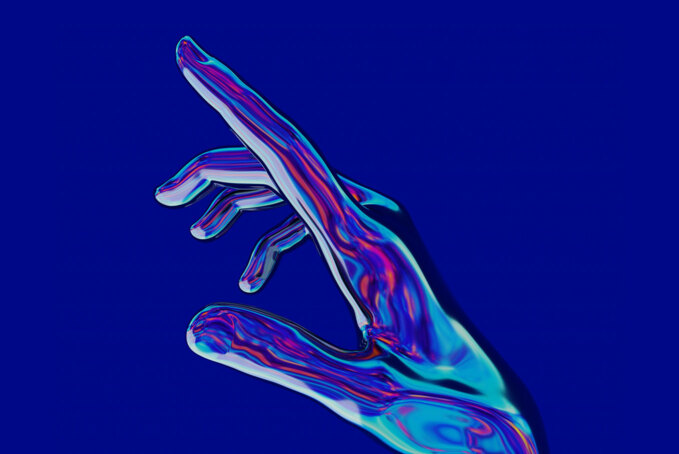Learn all about immersive exhibitions and immersive art at ComPeri. An immersive exhibition allows viewers to fully immerse themselves in the art and enjoy an experience for all the senses. As a provider of customized technical solutions, high-quality audio technology and video technology, we are at your disposal for the planning of your immersive exhibition.

Immersion is a term often used to describe a deep immersion in a particular environment or experience. In the context of digital art and technology, immersion refers to the experience people have when they lose themselves completely in a virtual or artificially created world. This can be created through various media such as virtual reality (VR), augmented reality (AR), digital signage or complex audio technology.
Immersion aims to create as realistic and immersive an experience as possible, where the borders between physical reality and the digital or artistic world blur. This is achieved by engaging the participants' senses as comprehensively as possible.
Immersive art is an innovative form of art that uses technology to engage the viewer in a completely immersive experience. It differs from traditional art forms in that it is not only visual, but also spatial and sensory. Immersive artworks are often interactive and require the active participation of the viewer in order to unfold the full experience. In the Project BOSCH, ComPeri also equipped the company with interactive technology.
Through the use of virtual reality (VR), augmented reality (AR), 3D technologies, soundscapes and even physical installations, immersive art creates a new level of connection between the work and its audience. Viewers become part of the artwork by immersing themselves in a created world that changes their perception of reality and enables a deeply personal experience.
This type of art aims to blur the boundaries between the viewer, the space and the artwork itself, creating a unique, customized experience that goes far beyond passive viewing. Immersive art can evoke social, psychological and emotional responses and offers a new way for artists to communicate and interact with their audience
.
Digital art encompasses a wide range of works and practices that use digital technology as an essential part of the creative or presentation process. Thus, the definition of digital art includes, among others:</p
- Digital painting: Here, digital tools are used to create images that imitate traditional techniques such as oil, acrylic or watercolor.
- Digital photography and editing: Involves editing and transforming photos to create new visual artworks .
- Interactive Art: Involves the audience directly by using sensors or user input to change or evolve the artwork.
- Digital installations: Combine physical spaces with digital elements to create immersive environments.
- Video art: Uses moving images in an artistic way, often using digital editing and effects.
- Virtual reality (VR): Allows users to fully immerse themselves in digital worlds that create a new level of reality.
- Augmented reality (AR): overlays digital information or images in the real world to enable augmented perception.
The technology behind immersive art is diverse and advanced, forming the foundation for creating impressive, immersive experiences. Virtual reality (VR) and augmented reality (AR) are particularly central to this. Sensor-based technologies, such as motion sensors and haptic feedback, enhance the experience of immersive exhibitions by enabling physical interactions within the digital world.
Immersive audio technology also plays an important role, as it deepens the spatial dimension and contributes to emotional depth. Artificial intelligence and machine learning open up new possibilities for adaptive and reactive artworks that can respond to the presence and behavior of the viewer. Displays also play a crucial role in immersive exhibitions, as they are the window through which viewers are immersed in virtual or augmented reality.
Large format projections and digital signage are other important display technologies in immersive art. As an experienced provider of conference room technology, video conferencing technology and digital signage, ComPeri is the ideal partner for you if you are planning an immersive exhibition. We take care of the design, installation and maintenance of your technical equipment and have already equipped numerous museums and exhibitions with technology.